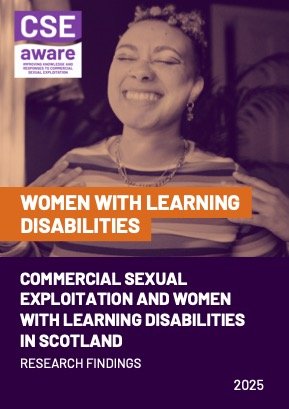By Shelby Hickman, Charlotte Lopez-Jauffret, Stephanie Fahy, Vanessa Masick
Abt Global (Abt) conducted a study for the Bureau of Justice Statistics (BJS) to identify and recommend methods for estimating the prevalence of human trafficking in the United States (U.S.). This study supports BJS’s mission to collect, analyze, publish, and disseminate information on crime, criminal offenders, victims of crime, and the operation of justice. As part of the study, Abt completed an environmental scan and held an Advisory Panel Meeting on Human Trafficking Estimation with BJS in February 2024 that included experts invited to serve on the Advisory Panel. The environmental scan yielded 24 research articles that provided or discussed prevalence of any form of human trafficking spanning geographies inside and outside of the U.S. Between 2017 and 2023, seven articles included random sampling to estimate trafficking prevalence, five used link tracking, three used convenience sampling, four used capture-recapture/multiple systems estimation, and four used respondent-driven sampling. A summary of each sampling method is included in the findings for the environmental scan in Volume I, including strengths and limitations for each type of method. Additionally, key recommendations (balancing precision and generalizability, aligning methods to data sources available, and aligning methods to the characteristics of the population of interest) are included from the environmental scan together with considerations for how BJS can develop a methodology that can produce an unbiased prevalence estimate of human trafficking in the U.S. The Advisory Panel Meeting on Human Trafficking Estimation occurred on February 28, 2024, and included subject matter experts, BJS and National Institute of Justice representatives, and Abt Global study team members. The meeting resulted in key decision points for estimating human trafficking victimization in the country, including considerations around trafficking type, geography, methodology, and data access and quality. Possible priority areas for trafficking type and trafficking subpopulations are presented in the meeting summary included in this report. Findings from the environmental scan and the expert panel meeting were used to develop three recommendations for a pilot study to test the feasibility of estimating the prevalence of human trafficking in the U.S. Capture-recapture is the preferred method since it has the strongest capability for estimating the prevalence of hidden populations, including human trafficking. Vincent link-trace sampling is the second recommendation, followed by random sampling. This report is arranged in three volumes: 1) Findings from the Environmental Scan; 2) BJS Advisory Panel Meeting on Human Trafficking Estimation Meeting Summary; and 3) Recommendations for a National Estimate Pilot Study.
Rockville, MD: Abt Global, 2025. 66p





















